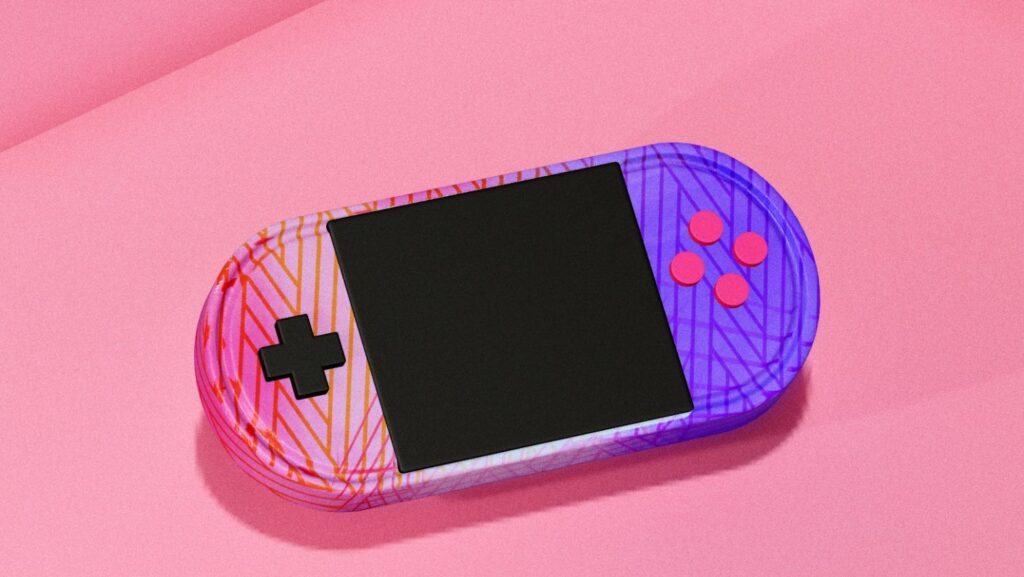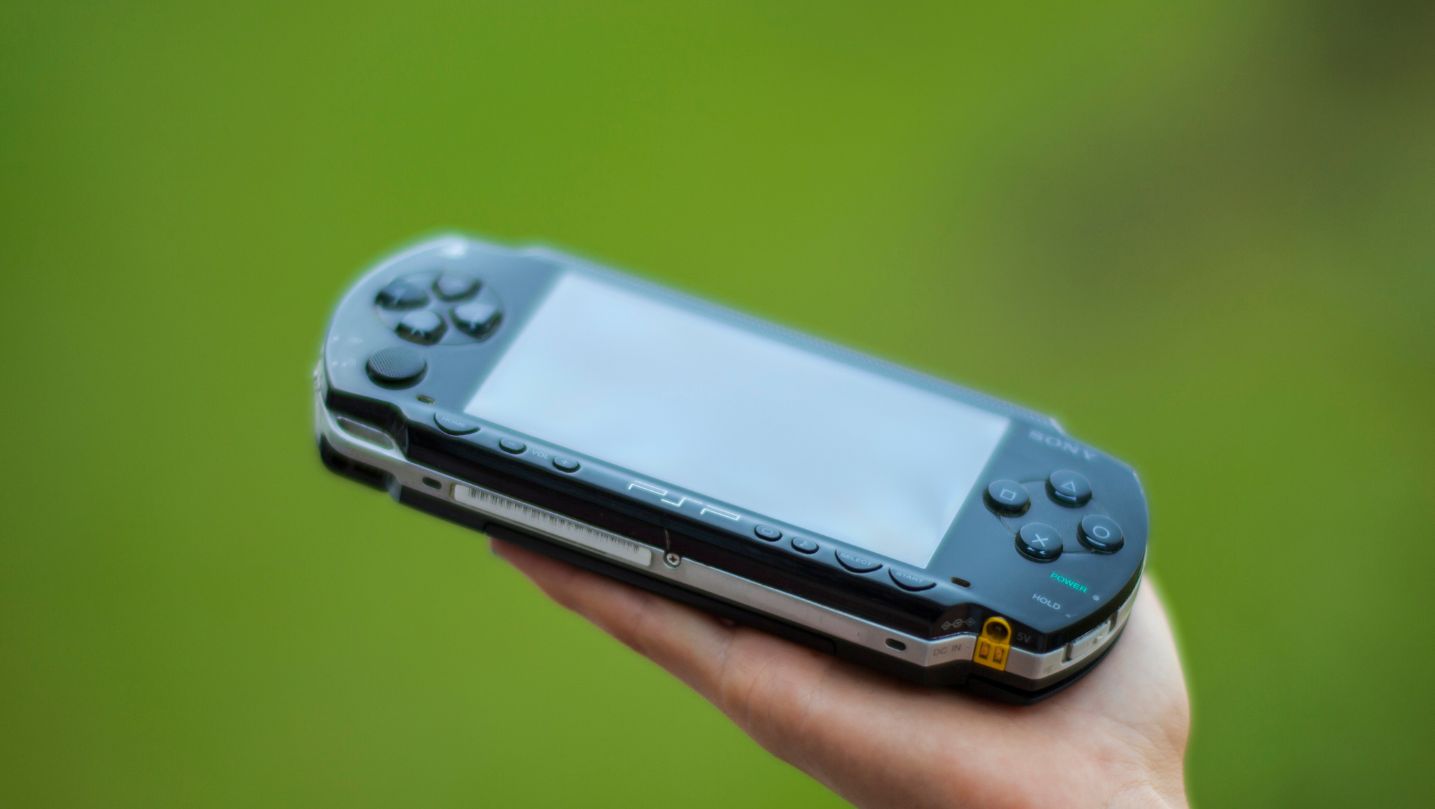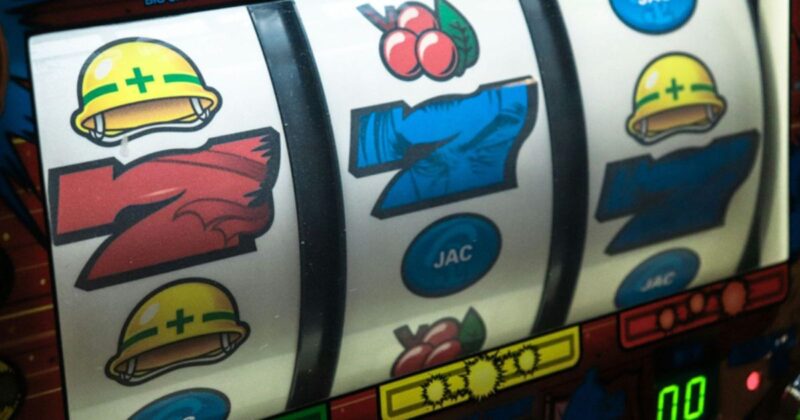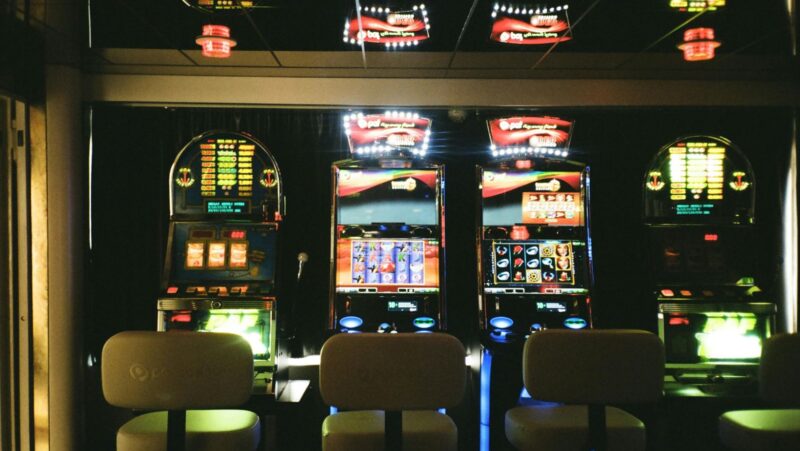
Are you curious about the differences between the PSP 1000, 2000, and 3000? Well, you’ve come to the right place! In this article, I’ll provide an overview of these three iterations of Sony’s popular handheld gaming console. Whether you’re a gaming enthusiast looking to upgrade or simply interested in learning more about the different models, this guide will give you all the information you need.
Let’s start with the PSP 1000. This was the first version of the PlayStation Portable and was released back in 2004. It boasted a sleek design and featured a vibrant 4.3-inch LCD screen for an immersive gaming experience on the go. However, one downside of this model is its weight compared to later versions.
Next up is the PSP 2000, also known as the Slim & Lite edition. Released in 2007, this iteration introduced several improvements over its predecessor. It was significantly slimmer and lighter than the PSP 1000 while maintaining a similar design aesthetic. The screen quality was also enhanced with improved color reproduction and better visibility in direct sunlight.
What’s the Difference Between Psp 1000 and 2000 and 3000
Display Quality Comparison
When it comes to the display quality, there are some notable differences between the PSP 1000, 2000, and 3000 models. Let’s take a closer look at each one:
The PSP 1000 features a 4.3-inch TFT LCD screen with a resolution of 480×272 pixels. While this was impressive when it was first released, later iterations of the PSP improved upon this.
The PSP 2000 introduced an improved display with better color reproduction and brightness. It still retained the same screen size and resolution as its predecessor but overall provided a more vibrant visual experience.
Screen Size and Resolution Differences
All three PSP models—1000, 2000, and 3000—have the same screen size of 4.3 inches diagonally. However, there is a slight difference in terms of resolution:
- The PSP 1000 has a resolution of 480×272 pixels.
- Both the PSP 2000 and PSP 3000 boast a slightly higher native resolution of up to 480×272 pixels.

Connectivity Options and Ports
Connectivity Options
When it comes to the PSP 1000, 2000, and 3000 models, each offers a range of connectivity options that allow users to enhance their gaming experience and connect with other devices.
One of the key connectivity features across all three models is the ability to connect wirelessly via Wi-Fi. This enables gamers to access online multiplayer modes, download game updates, and even browse the internet using the built-in web browser.
Ports and Interfaces
The PSP series boasts various ports and interfaces that expand its functionality beyond just gaming. Let’s take a closer look at some of these ports:
- Memory Stick Duo Slot: All three models come equipped with a Memory Stick Duo Slot, which allows users to expand their storage capacity by inserting compatible memory cards. This is particularly useful for storing additional games, photos, videos, and music.
- Universal Media Disc (UMD) Drive: The UMD drive is a unique feature found in all three PSP models. It functions as both an optical disc drive for playing UMD game discs and as a media player for watching movies or listening to music stored on UMD discs.
- Headphone Jack: The presence of a standard headphone jack on all three models ensures that gamers can enjoy their favorite games without disturbing others around them. Simply plug in your headphones or earphones for an immersive audio experience.
- USB Port: Another handy port found on all three models is the USB port. With this port, you can easily connect your PSP to other devices, such as your computer or PlayStation 3, for data transfer, firmware updates, or even charging.
- AV Out Port: The PSP 2000 and 3000 take it a step further with the inclusion of an AV out port. This allows users to connect their PSPs to a TV or monitor using the appropriate cables, enabling them to play games on a larger screen.
In conclusion, battery life is an essential consideration when comparing different PSP models. The newer iterations, like the PSP 2000 and 3000, offer longer playtime on a single charge compared to the older PSP 1000 model. Additionally, advancements in power consumption and efficiency contribute to extended gameplay sessions and reduced energy consumption. Lastly, while all three models can be charged using similar methods, there are noticeable variations in their charging speeds.












